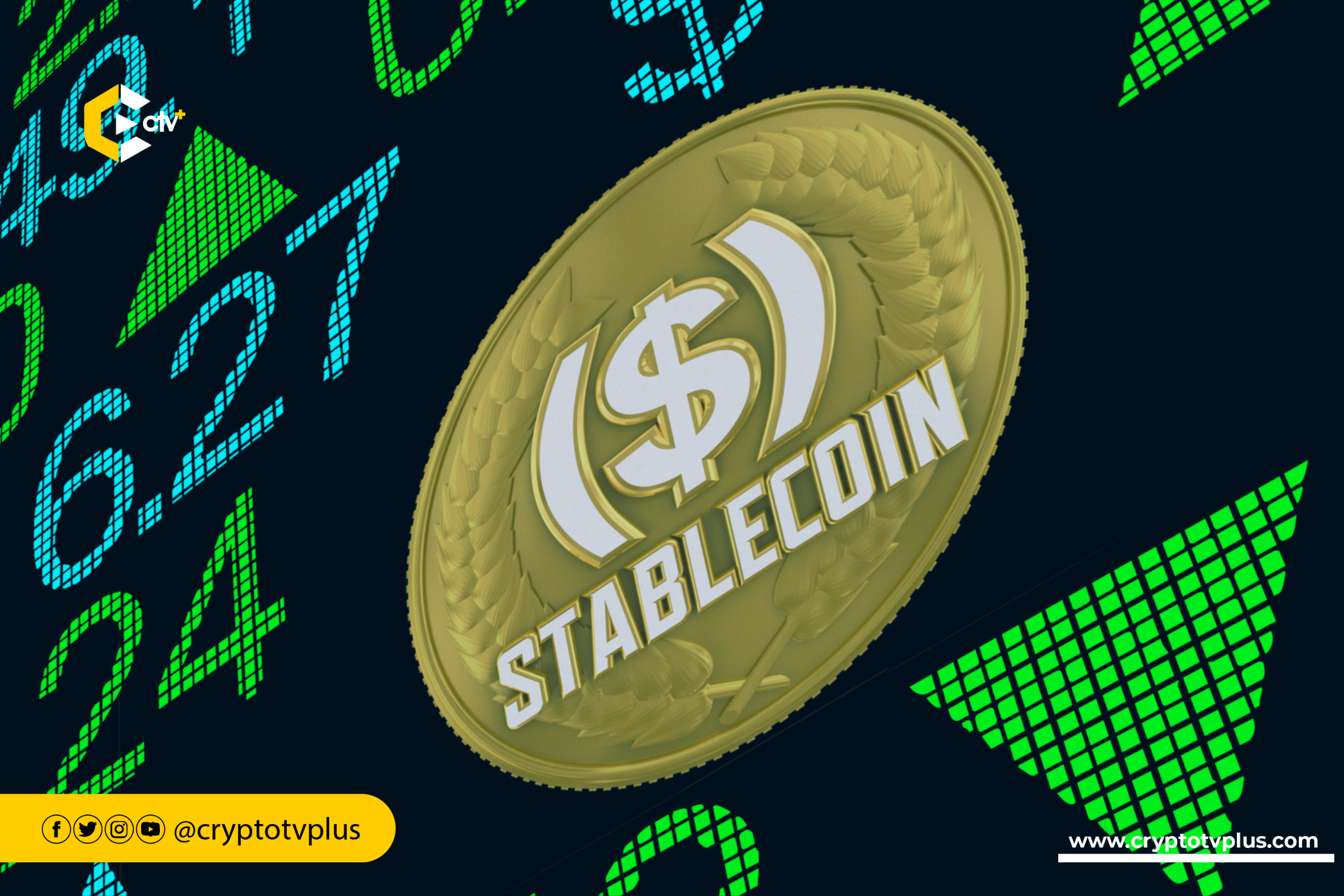News
Stablecoins to surpass Visa, but Visa disagrees citing noise

A recent report by Sacra predicts a significant shift in the global payments landscape. They claim stablecoins, cryptocurrencies pegged to a stable asset like the US dollar, are poised to surpass Visa in total transaction volume by the second quarter of 2024.
This prediction hinges on the “extreme product-market fit” of stablecoins for cross-border payments.
Jan-Erik Asplund, Sacra’s co-founder, highlights the rapid growth of stablecoins. From a mere $26 billion in January 2020, their volume has skyrocketed to a staggering $1.4 trillion by April 2024. This growth, Asplund argues, stems from the inherent advantages of stablecoins in cross-border transactions.
Unlike traditional systems limited to business days, stablecoins facilitate payments 24/7. They also boast faster processing times (minutes vs 6-9 hours) and significantly lower fees ($0.0037 vs $12). Asplund further details the market share of leading stablecoins: Tether (47%), DAI (29%), and USDC (24%).
“Stablecoins win on convenience, enabling cross-border payments to be completed any day of the week (rather than business days only), on speed (in minutes rather than 6 to 9 hours), and cost ($0.0037 vs. $12), with volume split across Tether (47% of the market), DAI, (29% of the market), and USDC (24% of the market).”
Real-world examples illustrate these benefits. Stripe, a prominent payment processor, recently announced the relaunch of crypto payments powered by USDC. This caters to both merchants and facilitates instant in-app payments.
Stripe’s initial foray into Bitcoin payments in 2018 proved unsustainable due to high transaction costs. Interestingly, Stripe charges a lower fee for stablecoin transactions (1% vs 2.9% for cards) due to the significantly lower underlying costs.
“Stripe’s take rate on stablecoins is 1% vs. the 2.9% they take on cards, but the underlying costs are drastically different—with $0.0037 in fees per transaction, Stripe’s margin is 99.63%, creating an opening for startups to counter-position against their cash cow business model”
Asplund argues this creates a compelling advantage for startups competing with established payment models.
However, Visa’s Head of Crypto, Cuy Sheffield, throws cold water on Sacra’s claims. He argues that much of the reported stablecoin volume is “noise” driven by bots and automated programs on blockchain networks.
These bots facilitate activities like arbitrage, liquidity provision, and market making, but they don’t represent actual consumer or business transactions. Sheffield emphasizes that while blockchain’s programmability creates unique opportunities, directly comparing these automated transactions to traditional retail payments isn’t accurate.
“…..developers can create automated bot programs that perform activities such as stablecoin arbitrage, liquidity provision, and market making, among others. These activities are vital for sustaining the growing decentralized finance (defi) ecosystem. However, the onchain transactions resulting from interactions with these automated programs don’t resemble settlement in the traditional sense.
We think this programmability of transactions that blockchains enable is unique, however, it’s hard to compare these transactions to the kind of organic payments activity that is more likely initiated by an end consumer or business”.
Stablecoins are rapidly growing and offer advantages for cross-border payments and whether they can truly eclipse established giants like Visa remains to be seen.
























